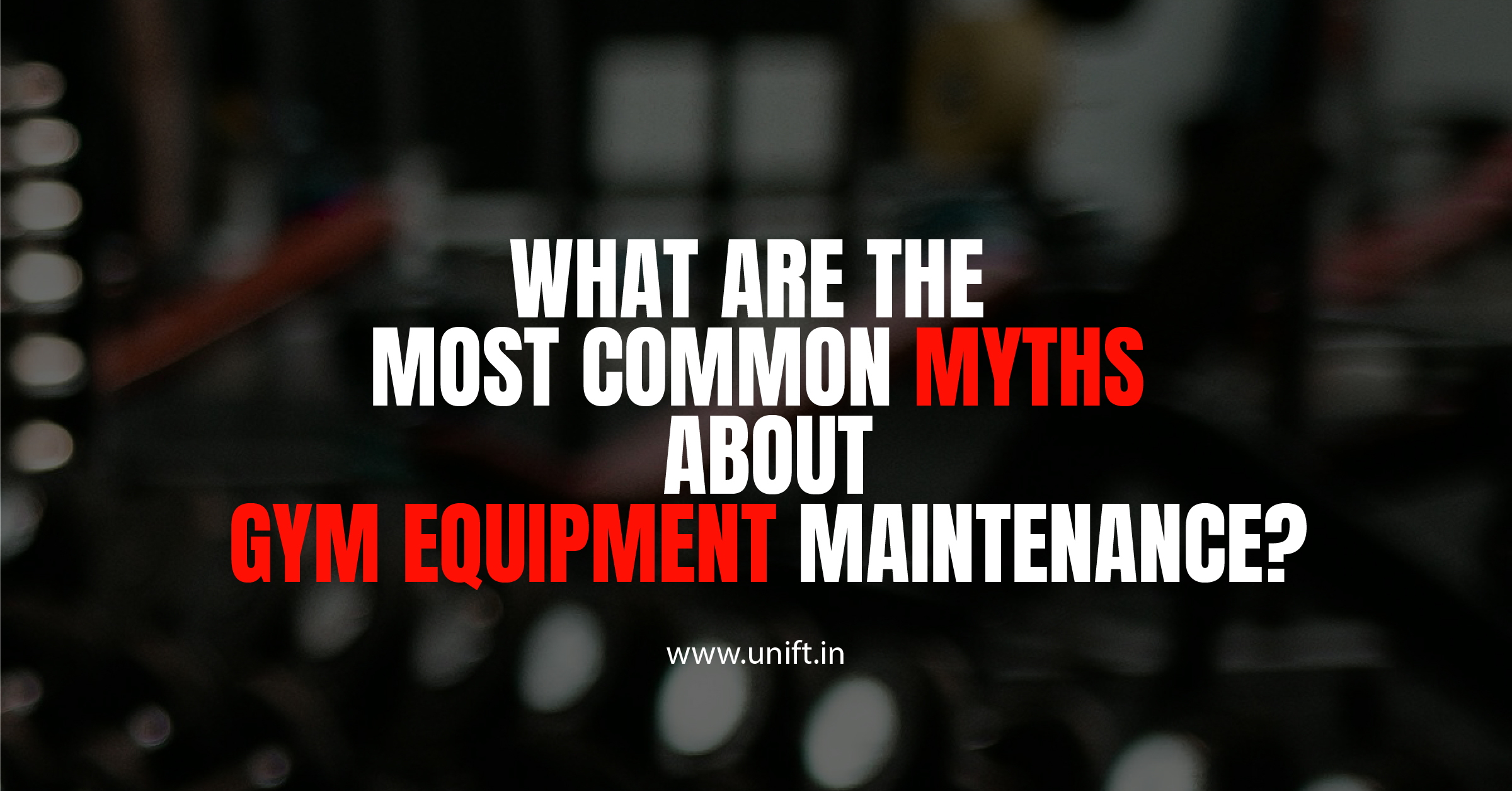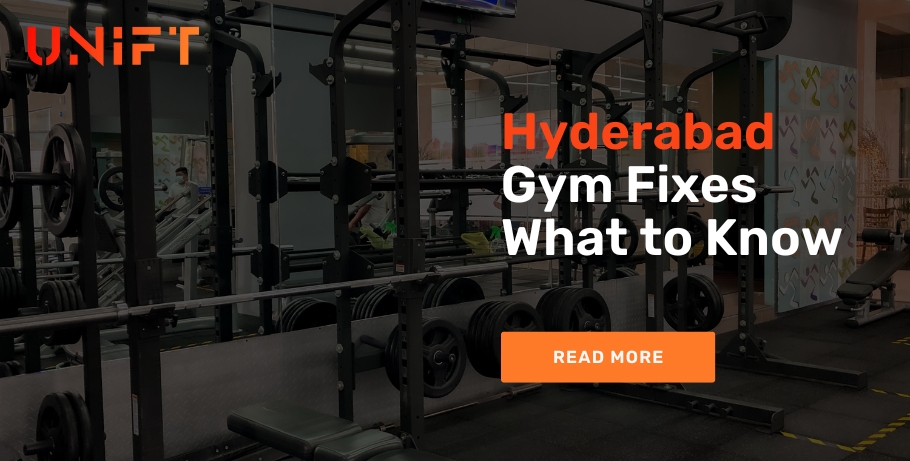
Maintaining gym equipment is crucial for ensuring its longevity and optimal performance. However, amidst the plethora of information available, there are several myths surrounding gym equipment maintenance that often lead to confusion among gym owners and fitness enthusiasts. In this comprehensive guide, we’ll debunk some of the most common myths about gym equipment maintenance, empowering you with accurate knowledge to keep your fitness investments in top-notch condition.
Myth 1: All Lubricants Are the Same
Not true!
Using the wrong lubricant or applying it incorrectly can do more harm than good to your gym equipment and this is the most common myth in people. Different machines require specific types of lubricants, and using the wrong one can cause damage to the internal components or create a sticky residue that attracts dirt and debris. Always refer to the manufacturer’s guidelines to determine the appropriate lubricant for your equipment, and apply it sparingly and evenly according to the recommended schedule.
Myth 2: Regular Maintenance Is Unnecessary for New Gym Equipment
False!
While it’s true that new gym equipment typically requires less maintenance than older machines, neglecting regular upkeep can still lead to premature wear and malfunction. Proper maintenance from the outset helps to identify any issues early on, preventing them from escalating into costly repairs down the line. Follow the manufacturer’s maintenance schedule diligently, even for new equipment, to ensure its longevity and optimal performance.
Also read: Top smart gym equipment trends to watch out in 2024
Myth 3: DIY Repairs Are Always Cost-Effective
Not necessarily!
While some minor repairs and adjustments can be safely handled by DIY enthusiasts, attempting complex repairs without the necessary expertise can worsen the problem and potentially void the equipment’s warranty. Moreover, improper repairs can compromise the safety of the equipment, putting users at risk of injury. For major repairs or issues beyond your expertise, it’s best to seek professional assistance from certified technicians to ensure the job is done correctly and safely.
Myth 4: Warranties Cover All Maintenance and Repairs
Not always!
While warranties typically cover defects in materials and workmanship, they often exclude damage resulting from improper use, neglect, or lack of maintenance. Additionally, warranties may have specific terms and conditions regarding maintenance requirements, such as using authorized technicians or genuine replacement parts. Familiarize yourself with the warranty terms and follow the manufacturer’s guidelines for maintenance to avoid voiding your warranty unintentionally.
Also read: The Psychology of Gym Equipment: 5 Impactful Motivational Factors
Myth 5: Ignoring Minor Issues Won’t Affect Performance
False!
The most common myths ever is minor issues won’t affect, minor issues like squeaky joints, loose bolts, or fraying cables can indicate underlying problems that, if left unaddressed, can escalate into major issues affecting the equipment’s performance and safety. Regularly inspect your gym equipment for any signs of wear, damage, or malfunction, and address minor issues promptly to prevent them from worsening over time. Taking proactive measures to address small problems can save you time, money, and hassle in the long run.
Myth 6: Gym Equipment Maintenance Is Too Time-Consuming
Not necessarily!
While proper maintenance does require some time and effort, establishing a regular routine can streamline the process and make it more manageable. Schedule maintenance tasks during off-peak hours to minimize disruption to your gym’s operations, and delegate responsibilities among staff members to share the workload. Investing time in preventive maintenance ultimately saves you time and money by reducing the frequency of breakdowns and repairs.
Also read: Top 5 warning signs your gym equipment needs repairing
Conclusion
Dispelling myths about gym equipment maintenance is essential for promoting proper upkeep and prolonging the lifespan of your fitness investments. By debunking misconceptions and adopting evidence-based maintenance practices, gym owners and fitness enthusiasts can ensure their equipment operates at peak performance, minimizes downtime, and enhances the overall gym experience for users. Remember, proactive maintenance is the key to preserving the integrity and value of your gym equipment for years to come.




One thought on “What are the Most Common Myths About Gym Equipment Maintenance”